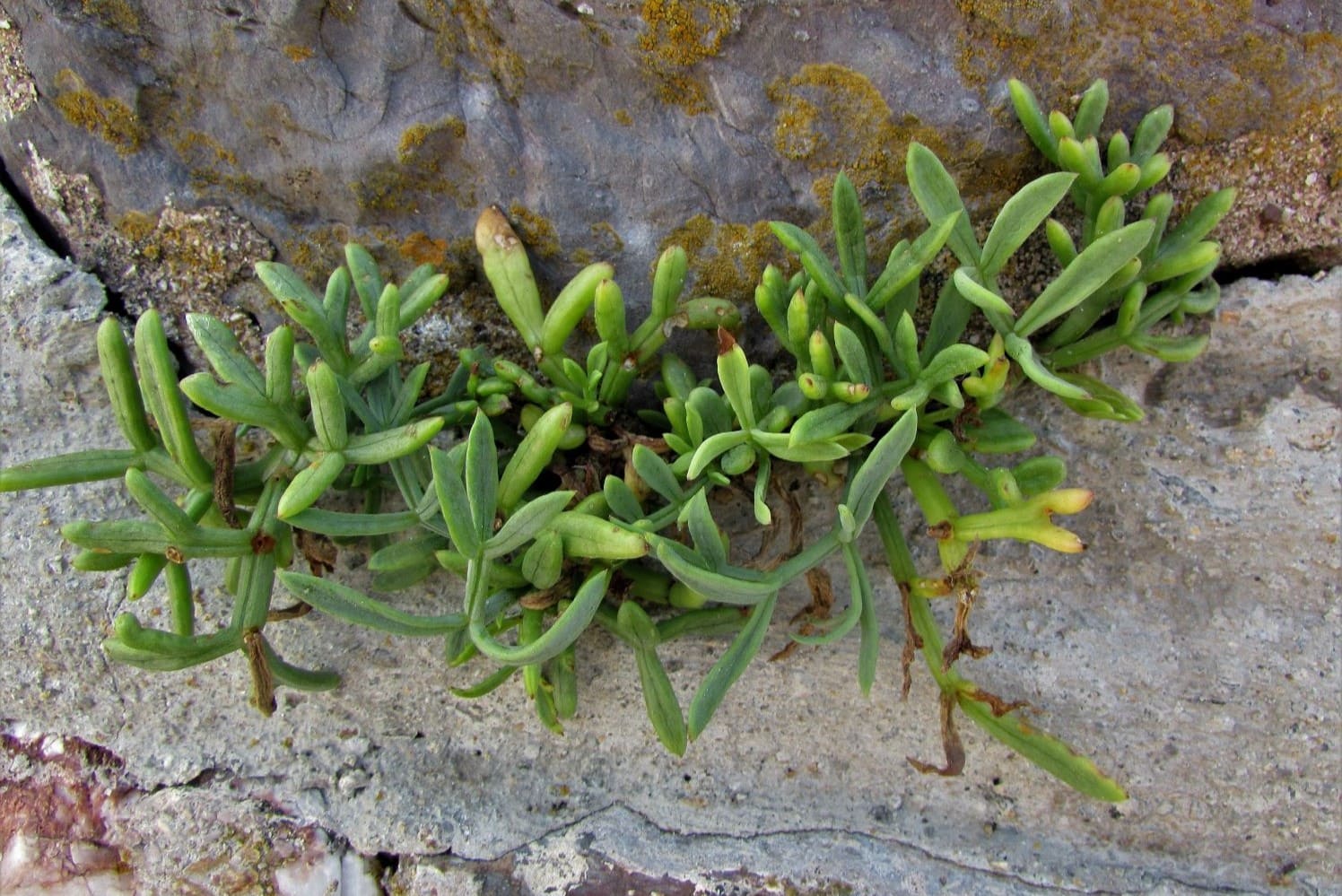
Rock Samphire, also known as sea fennel, is a coastal plant with a rich history and unique characteristics. Found along rocky shorelines, this hardy plant has been a staple in coastal diets for centuries. But what makes rock samphire so special? For starters, it’s packed with vitamins A, C, and E, making it a nutritious addition to meals. Its crisp texture and salty, slightly citrusy flavor have made it a favorite among chefs and food enthusiasts. Beyond its culinary uses, rock samphire has also been used in traditional medicine for its potential health benefits. Whether you’re a foodie, a forager, or just curious about coastal plants, rock samphire offers a fascinating glimpse into nature’s pantry.
Key Takeaways:
- Rock Samphire, also known as "sea fennel," is a coastal plant rich in vitamins A, C, and E, making it great for healthy skin and vision. It was even used by sailors to prevent scurvy!
- This unique plant, often found along rocky shorelines, has been historically used in cooking, medicine, and literature. Its tangy taste and medicinal properties make it a versatile and valuable ingredient.
What is Rock Samphire?
Rock Samphire, also known as Crithmum maritimum, is a coastal plant found along rocky shorelines. This unique plant has a rich history and many interesting characteristics.
- Rock Samphire is often called "sea fennel" due to its fennel-like flavor.
- It grows in the cracks of cliffs and rocky shores, thriving in salty environments.
- Historically, it was a popular vegetable in Europe, especially in the 18th and 19th centuries.
Nutritional Benefits of Rock Samphire
This plant isn't just known for its unique taste; it also packs a punch in terms of nutrition.
- Rock Samphire is rich in vitamins A, C, and E, which are essential for maintaining healthy skin and vision.
- It contains high levels of antioxidants, which help protect cells from damage.
- The plant is also a good source of minerals like potassium, calcium, and magnesium.
Culinary Uses of Rock Samphire
Rock Samphire has been used in various culinary traditions, adding a unique flavor to dishes.
- It can be eaten raw in salads, providing a crunchy texture and a burst of flavor.
- Pickling Rock Samphire is a popular method of preservation, enhancing its tangy taste.
- Chefs often use it as a garnish for seafood dishes, complementing the natural flavors of fish and shellfish.
Historical Significance of Rock Samphire
This plant has a fascinating history, with mentions in literature and historical texts.
- Shakespeare referenced Rock Samphire in his play "King Lear," highlighting its perilous collection from cliffs.
- In the 19th century, it was commonly foraged and sold in markets across England.
- Sailors used to consume Rock Samphire to prevent scurvy due to its high vitamin C content.
Medicinal Properties of Rock Samphire
Beyond its culinary uses, Rock Samphire has been valued for its medicinal properties.
- Traditional medicine used Rock Samphire to treat digestive issues and improve appetite.
- It was believed to have diuretic properties, helping to cleanse the body of toxins.
- Modern research suggests that Rock Samphire may have anti-inflammatory effects, potentially aiding in the treatment of various conditions.
Rock Samphire's Unique Charm
Rock samphire isn't just another coastal plant. Its distinct flavor and nutritional benefits make it a standout. Packed with vitamins and minerals, it’s a healthy addition to any diet. Historically, it played a role in traditional medicine and culinary practices. Its crisp texture and salty taste have made it a favorite among chefs and food enthusiasts.
Growing along rocky coastlines, it thrives in harsh conditions, showcasing nature’s resilience. Whether you’re foraging or buying it from a market, rock samphire offers a unique culinary experience.
So, next time you’re near the coast, keep an eye out for this remarkable plant. It’s not just a treat for your taste buds but also a nod to history and nature’s wonders. Enjoy the flavors and benefits of rock samphire, and let it add a touch of the sea to your meals.
Frequently Asked Questions
Was this page helpful?
Our commitment to delivering trustworthy and engaging content is at the heart of what we do. Each fact on our site is contributed by real users like you, bringing a wealth of diverse insights and information. To ensure the highest standards of accuracy and reliability, our dedicated editors meticulously review each submission. This process guarantees that the facts we share are not only fascinating but also credible. Trust in our commitment to quality and authenticity as you explore and learn with us.


